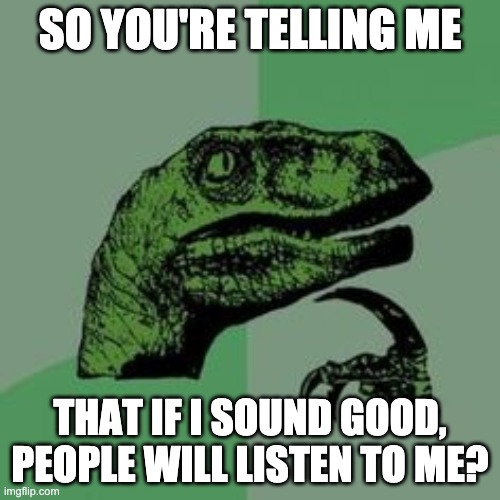How to Edit a Podcast the Right Way: Your Essential Podcasting Guide
Podcasts are popping up everywhere! In a 2021 survey, 41% of Americans said they listened to a podcast in the previous month, with 28% listening to at least one in the previous week.
However, these statistics do not mean that all podcasts are successful. If you want your podcast to go the distance, you need to take a few different steps. The first step is to learn how to edit a podcast.
How should you record your podcast so you have good audio to edit? How can you make your conversation seem natural? What do good podcast editing tips and practices look like?
Answer these questions and you can create the podcast of your dreams. Here is your quick podcast editing guide.
Listen to this content in audio format.
Record Well
You should familiarize yourself with podcast best practices before you start to record and edit a podcast. You should buy high-quality microphones so your audio is crisp and clear.
Editing a podcast is a lot easier when you have high-quality audio to work with. If you are too close to your microphone, it will pick up low-frequency noises like sniffling and breathing. Find the right distance by testing your microphone a few times until you have a sound you like.
You should prepare for each episode so you don’t go off-topic or use a lot of filler words. You can write a word-for-word script, or you can take precise notes and read from them. Any unnecessary details should be cut out of your script or notes.
Try not to interrupt your recording for any reason. If you need to take a break, stop the recording so you have a clear end to your audio file.
If you have a guest that is inexperienced with podcasting, you should do a practice session with them. You can also cue them with hand signals so they don’t interrupt you or go on tangents.
Organize Your Files
You should organize your files in a way that makes sense to you. You may want to create a folder for each episode you record or for each type of file. You can place your host audio in one folder or subfolder and your guest audio in another.
Make sure you listen to each file you have. The clips in your host audio track should only be audio from you and no one else.
If you make an error with your organization, you should correct it immediately. You may also need to record your audio again if your microphone picked up other sounds.

Make the Content Flow
The key to podcast editing is to make the conversation you record seem as natural as possible. There shouldn’t be long pauses, repetitive content, or awkward moments where you speak over each other.
At the same time, you don’t want to overedit your content. Cutting out words in the middle of sentences can seem jarring. Short pauses can build tension in your content and form a break between two thoughts.
The first step you can take is to listen to the content you’ve recorded. As you go along, you should take notes on when the flow breaks. You can then go back and remove anything that breaks it.
Do not upload your podcast until you listen through it again to check the flow. You may need to make adjustments to your flow after you design and mix your sound.
49% of podcast listening happens at home while 22% happens in the car; making it a unique form of advertising!
Design Your Sound
Sound design involves using audio to enhance the emotions in your main content. You should create an intro that hooks your listener in and summarizes the episode. You should also create an outro that lets you sign off on a good note.
Your intro and outro can be words you say or musical cues. Music may be appropriate at certain moments to heighten the mood of what you’re saying.
Try to avoid using songs with lyrics, as they can make it hard to hear your remarks. You should also avoid music that is too distracting.
Sound effects can be good at certain moments. A drum roll can be a fun way to build suspense for a remark you say. However, including too many sound effects can make your podcast seem cartoony or tonally jarring.
Mix Your Sound
Mixing your sound increases the audio quality and makes your podcast more listenable. You may need special tools to mix your audio like a compressor, and you should find the best editing software you can afford.
Adjusting the equalization of your audio tracks will help you remove unpleasant frequencies in them. Noise reduction lets you remove background noise, including echoes.
As you mix your audio tracks, you may need to adjust the volume levels in each one. Everything should be clear for your listener at all times, and they should not have to adjust their volume.
You may need to cut clips down and adjust the volume at select moments to avoid this. You should also try compressing the audio and reducing the dynamic range.
Master How to Edit a Podcast
Learning how to edit a podcast can be tricky. You need to invest in high-quality microphones, and you should test them out. When you’re done recording, you should organize your files by episode or type.
Listen to your tracks and get a sense of how the conversation flows. Remove material that hurts the flow.
Then design the audio so you achieve the emotions you want. You can mix the tracks so the audio is clear and easy to listen to.
Get the resources you need for great podcasting. Purple Comma Podcasting offers a full-service recording & editing studio. Contact us today.
